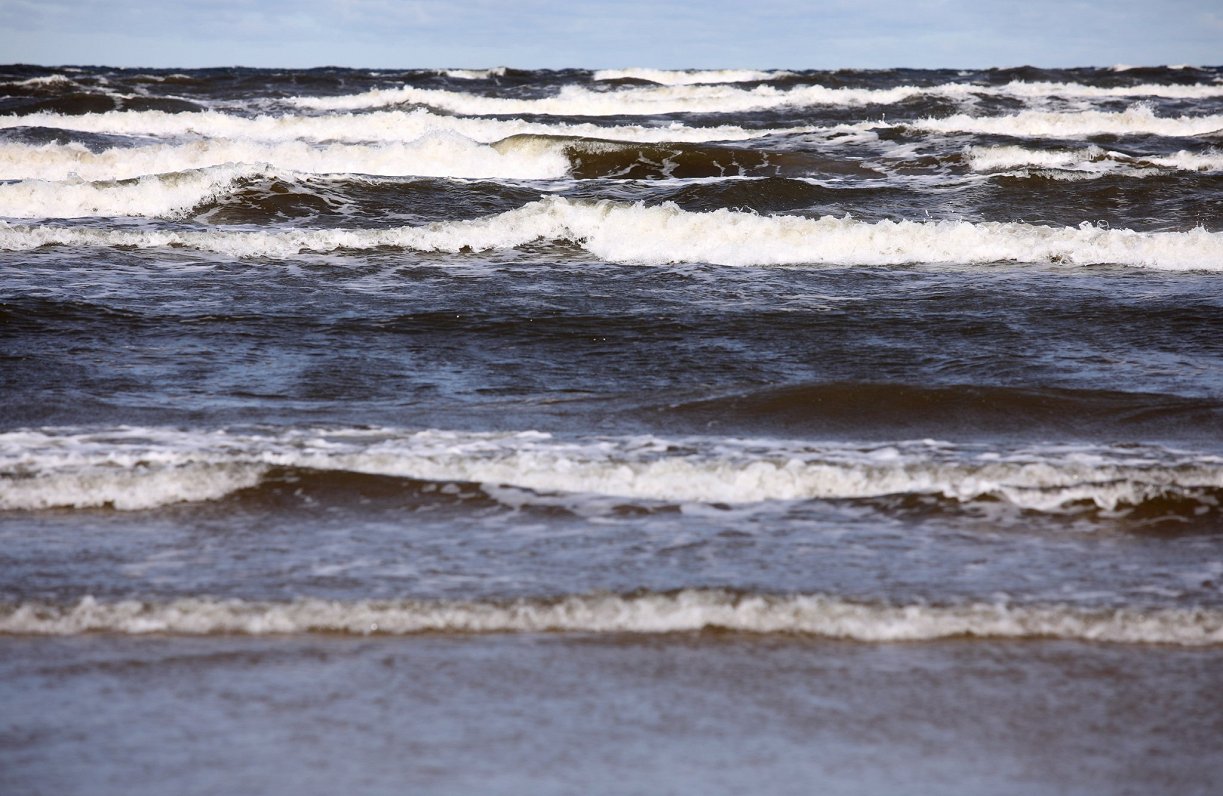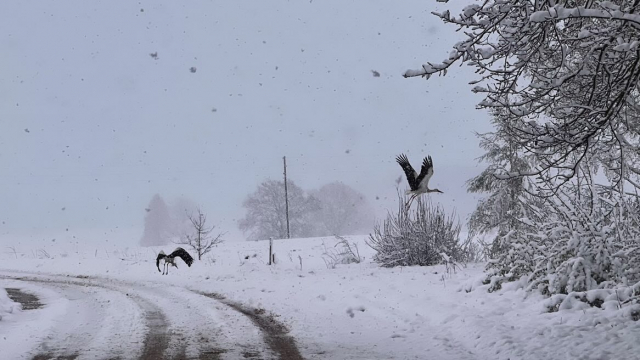The last week has seen the State Fire and Rescue Service (VUGD) recovering a large number of drowning victims from water across Latvia, including the sea. From June 28 to July 3 there were eleven dead bodies recovered.
Rip currents in the sea, which dragged several swimmers away from shore at the weekend , are quite a frequent phenomenon in the Baltic Sea, however, it is impossible to predict in advance where they will occur.
The only factor that can be used to judge a high risk of their formation is a strong wind blowing from the sea.
The best way to get out of such a current yourself is by swimming parallel to the shore for a while, not straight back towards the shore, Jānis Lapinskis, assistant professor of the Faculty of Geography and Earth Sciences of the University of Latvia, doctor of geology, explained in a conversation with LSM.lv.
The geologist pointed out that it is almost impossible to predict the place and time they will appear, because on the seashore, as a very changing environment, they can develop, disappear and form again very quickly. Favorable conditions for the development of such rip currents are when, for example, a strong wind blows from the sea.
"Then there is a rather high probability, and in general it should be taken into account. If there is little wind or the wind blows parallel to the coast or from the coast, then the formation of such currents is not possible. It can be predicted at about this level, but not more specifically," said Lapinskis.
Basically, swimming in the sea is likely to be riskier, if the wind is stronger from the sea side.
Rip currents, while possible to see if you pay close attention to how the water mass moves, are not that obvious and you cannot rely upon seeing them, he said, explaining:
"They can develop very quickly - a new one can be formed in a place where it has never been. You need to be much more careful in a situation when there is a strong seaward wind."
The geologist pointed out that there have been cases in the past when such a current pulls swimmers into its grasp, but it is not always identified as the reason as no one can be sure what happened.
He also explained that such currents tend not to occur all along the coast, but in stages, such as every few kilometers or every kilometer.
When asked what swimmers should do if they get caught in a rip current, Lapinskis said: "If you get into the current and feel that it is pulling you away, you should not swim against the current, but parallel to the shore, laterally, at an angle of 90 degrees. This way you can get out of it, because usually the current is not wide , it can be a few tens of meters. This can be the best solution. You should not try to swim with all your strength against the current, because the power of the current can be greater than a person's swimming strength."
❗️Nedēļas laikā Latvijā no ūdenstilpēm izcelti 11 bojāgājušie, četri no tiem jūrā. Tādēļ VUGD aicina būt īpaši piesardzīgiem pie ūdenstilpēm - jūrā, ezeros un upēs! Būsim uzmanīgi, atbildīgi un kritiski izvērtēsim apstākļus, lai pasargātu savu veselību un dzīvību. pic.twitter.com/QbuFTRbUgt
— VUGD (@ugunsdzeseji) July 3, 2023
On Monday, July 3 the State Fire and Rescue Service (VUGD) also distributed recommendations to be careful near water bodies, stating that if there are big waves in the sea, strong currents can form that pull people deeper and further from the shore.
"Keep calm and swim parallel to the shore. Do not swim against the current! When the current has weakened, you can start swimming towards the shore," advised the VUGD.
Such a current, if it has formed, starts at the beach itself and extends to a depth of three, four or maybe even five meters. If in shallower places, for example, up to the knee, a person can get out of the current under his or her own power, then it can become much more difficult when out of your depth.


























